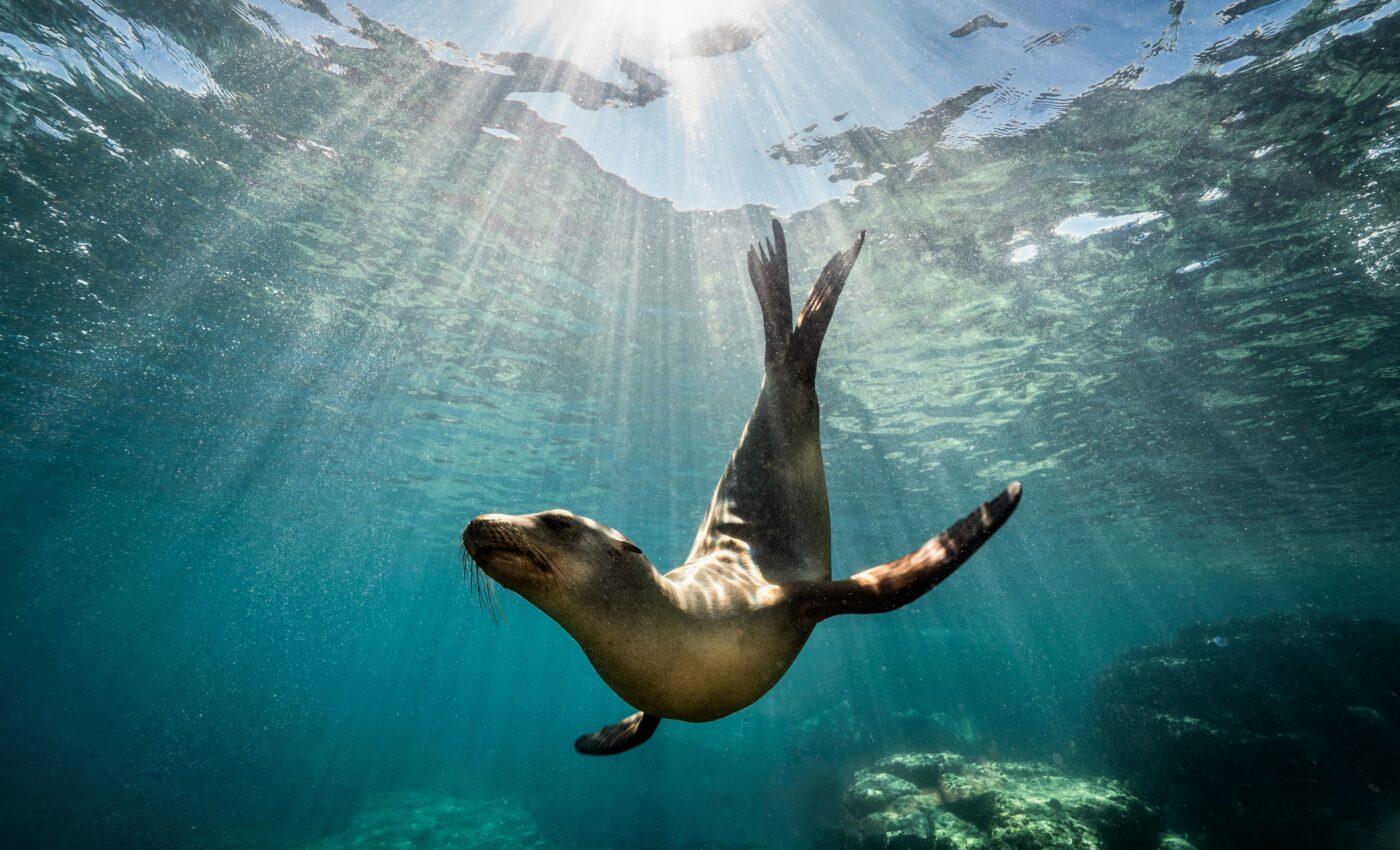
Predicting the movement of sea lions can help protect them
New Zealand’s sea lions are among the rarest in the world, with less than 12,000 individuals populating the country’s islands, where they had been driven off the mainland two centuries ago. Recently, conservation efforts to protect these creatures have created populations large enough to return to the mainland. Thus, their current geographical distribution is not well understood.
A research team led by Michigan State University (MSU) has constructed elaborate species distribution models to assess more realistically where the members of this endangered species are located and to reconstruct their recent patterns of migration.
“It’s one thing for wildlife rangers to look out for sea lions on sandy beaches, but it’s another challenge for them to tromp through forests to find baby sea lions hiding under the trees,” said study lead author Veronica Frans, a member of MSU’s Center for Systems Integration and Sustainability. “While we can’t know for sure where female sea lions will go on the mainland, we can use models to make helpful predictions.”
The sea lions’ return to the mainland is fraught with perils for both them and the humans that they encounter. Their new habitats, including barriers such roads, livestock fencing, or commercial pine forests, exposes them to car accidents and others hazards. Moreover, humans are often attacked by overly protective mothers that weigh up to 400 pounds.
By developing a framework to create an integrated species distribution model database that takes into consideration female sea lions’ breeding habitat requirements and inland movements, Frans and her colleagues managed to build highly detailed maps of these animals’ movements and habitats.
“There is currently only one official breeding colony on the mainland right now, and only a few other spots where they’ve had pups, but the populations are still small,” Frans reported. “Nearly 400 sites seem like an incredible potential for a bright future for these sea lions. All signs point to many more sea lion pups in the future, if we do our best to welcome them.”
The maps that the researchers created are publicly available and can be used to identify potential hazards and explore new habitats as the sea lions hedge their way home.
The study is published in the journal Methods in Ecology and Evolution.
—
By Andrei Ionescu, Earth.com Staff Writer













